Straw Mulch: The
Title: Straw Mulch: The Ultimate Guide
Introduction:
Straw mulch is a natural and effective way to improve your garden. It can help retain moisture, suppress weeds, and protect your plants from the elements. Straw is also a good source of organic matter, which can help improve the overall health of your soil.
In this blog post, we will discuss the benefits of straw mulch, how to use it, and some of the potential drawbacks. We will also provide some tips for choosing the right type of straw for your garden.
Benefits of Straw Mulch:
- Retains moisture. Straw mulch helps to keep the soil moist by preventing evaporation. This is especially beneficial during hot, dry weather.
- Suppresses weeds. Straw mulch creates a physical barrier that prevents weeds from germinating. This can save you a lot of time and effort weeding your garden.
- Protects plants from the elements. Straw mulch can help to protect your plants from the wind, rain, and sun. This is especially important during the winter months.
- Improves soil health. Straw mulch breaks down over time and adds organic matter to the soil. This can improve the drainage, aeration, and fertility of your soil.
How to Use Straw Mulch:
- Apply straw mulch in a layer that is 2-4 inches thick. This will help to suppress weeds and retain moisture.
- Spread the straw mulch evenly over the soil surface. Be sure to leave a few inches of space around plants so that they can breathe.
- Water the straw mulch after you apply it. This will help to settle the mulch and prevent it from blowing away.
Potential Drawbacks of Straw Mulch:
- Straw mulch can attract pests. Mice, voles, and other pests may be attracted to the straw mulch. To prevent this, you can apply a layer of weed barrier fabric under the straw mulch.
- Straw mulch can harbor weed seeds. If you are using straw mulch that has not been composted, it may contain weed seeds. To prevent this, you can compost the straw mulch before you apply it to your garden.
- Straw mulch can mat down. If the straw mulch is not kept moist, it can mat down and become difficult to remove. To prevent this, you can water the straw mulch regularly.
Choosing the Right Type of Straw:
There are many different types of straw available, so it is important to choose the right type for your garden. Some factors to consider include:
- The type of plants you are growing. Some plants, such as strawberries, prefer a lighter type of mulch, while others, such as tomatoes, prefer a heavier type of mulch.
- The climate you live in. If you live in a hot, dry climate, you will need a type of straw that is good at retaining moisture.
- The purpose of the mulch. If you are using the mulch to suppress weeds, you will need a type of straw that is not easily blown away.
Conclusion:
Straw mulch is a versatile and effective way to improve your garden. It can help retain moisture, suppress weeds, and protect your plants from the elements. Straw is also a good source of organic matter, which can help improve the overall health of your soil.
If you are looking for a natural and effective way to improve your garden, straw mulch is a great option. Just be sure to choose the right type of straw for your needs and to apply it correctly.
Straw mulch is a great way to improve your garden. It helps to regulate moisture and temperature, reduces necessary weeding, and builds healthy soil. If you are interested in learning more about straw mulch, I recommend visiting Home Gardening. This website has a wealth of information on the topic, including how to use straw mulch, the benefits of using straw mulch, and where to buy straw mulch.
FAQ of straw mulch
- What is straw mulch?
Straw mulch is a type of organic mulch made from dried stalks of wheat, barley, oats, or rye. It is a popular choice for gardens and landscapes because it is relatively inexpensive, easy to find, and effective at suppressing weeds.
- What are the benefits of using straw mulch?
Straw mulch has many benefits, including:
* Suppressing weeds: Straw mulch creates a physical barrier that prevents weed seeds from germinating.
* Conserving water: Straw mulch helps to retain moisture in the soil, which can help plants to survive during dry periods.
* Improving soil quality: Straw mulch breaks down over time and adds organic matter to the soil, which can improve drainage, aeration, and nutrient retention.
* Reducing erosion: Straw mulch helps to prevent soil from eroding, especially in windy or rainy conditions.
* Providing habitat for beneficial insects: Straw mulch provides a habitat for beneficial insects, such as earthworms and ladybugs, which can help to control pests.
- How do I apply straw mulch?
To apply straw mulch, spread it evenly over the soil surface, making sure to leave a few inches of space around plants. The depth of the mulch layer will depend on the purpose of the mulch. For example, a thicker layer of mulch will be needed to suppress weeds than to conserve water.
- How often should I reapply straw mulch?
The frequency with which you need to reapply straw mulch will depend on the rate of breakdown in your area. In general, you will need to reapply straw mulch every year or two.
- What are the disadvantages of using straw mulch?
Straw mulch has a few disadvantages, including:
* It can attract rodents and other pests.
* It can harbor weed seeds.
* It can mat down and become difficult to remove.
- Is straw mulch safe for pets?
Straw mulch is generally safe for pets, but it is important to keep them from eating it. Straw mulch can cause an upset stomach or intestinal blockage if ingested.
Image of straw mulch
- Straw mulch covering a garden bed.
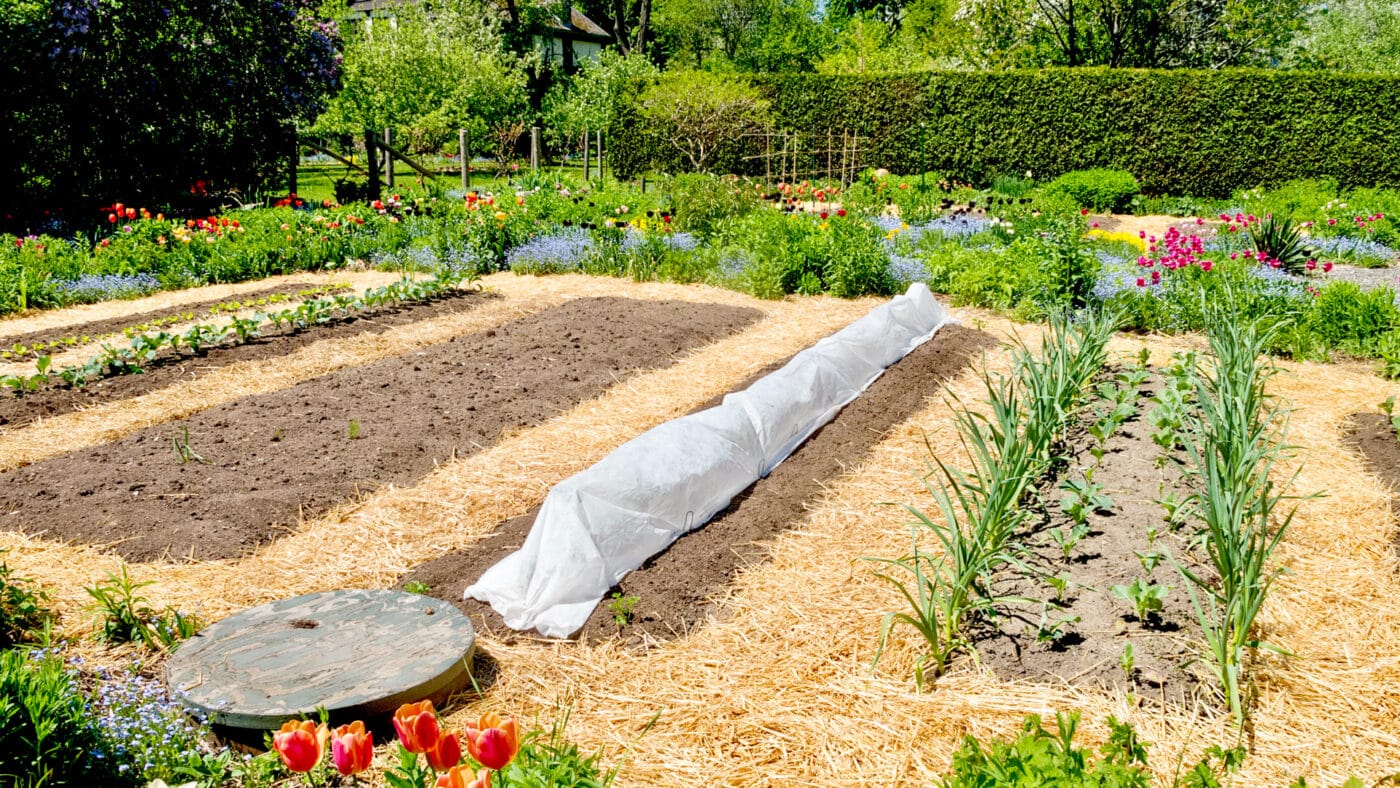
- A pile of straw mulch in a barn.
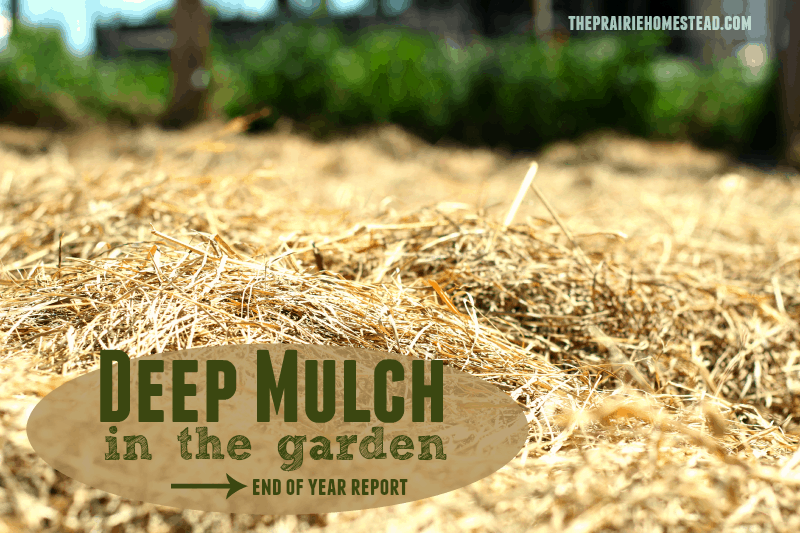
- A close-up of straw mulch, showing the individual stalks.
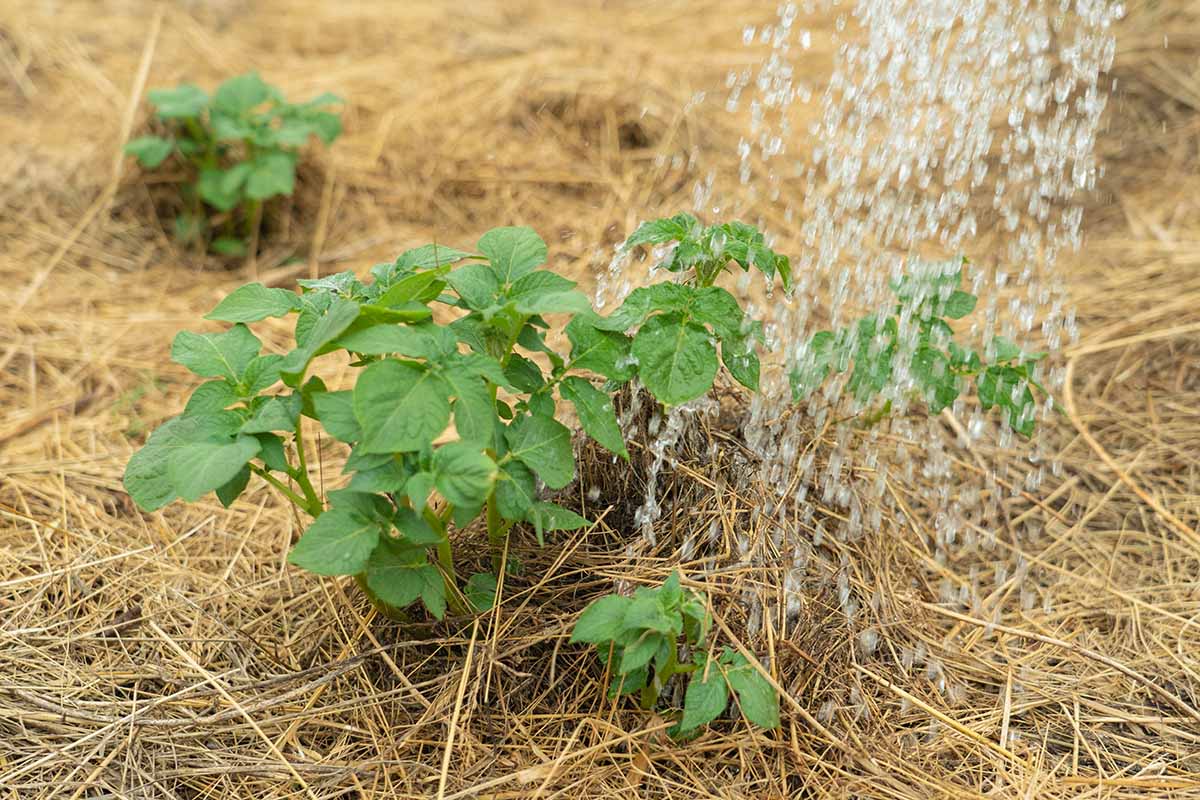
- Straw mulch around a tree.
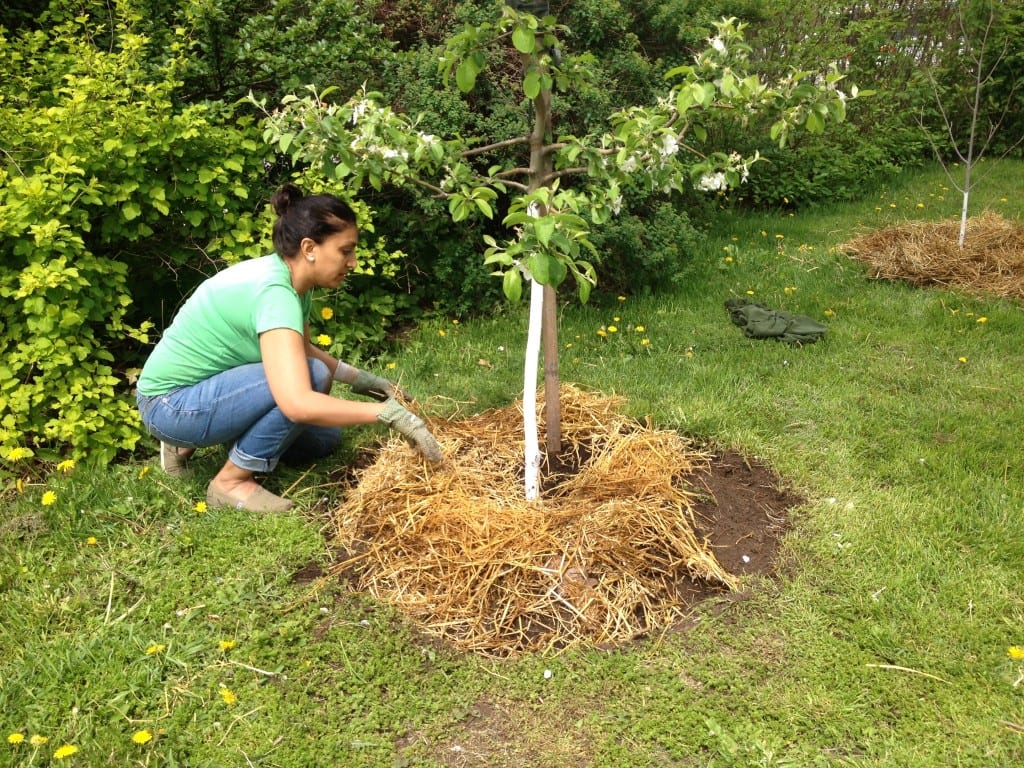
- Straw mulch in a vegetable garden.

- Straw mulch in a flower bed.

- Straw mulch under a blueberry bush.

- Straw mulch around a strawberry plant.
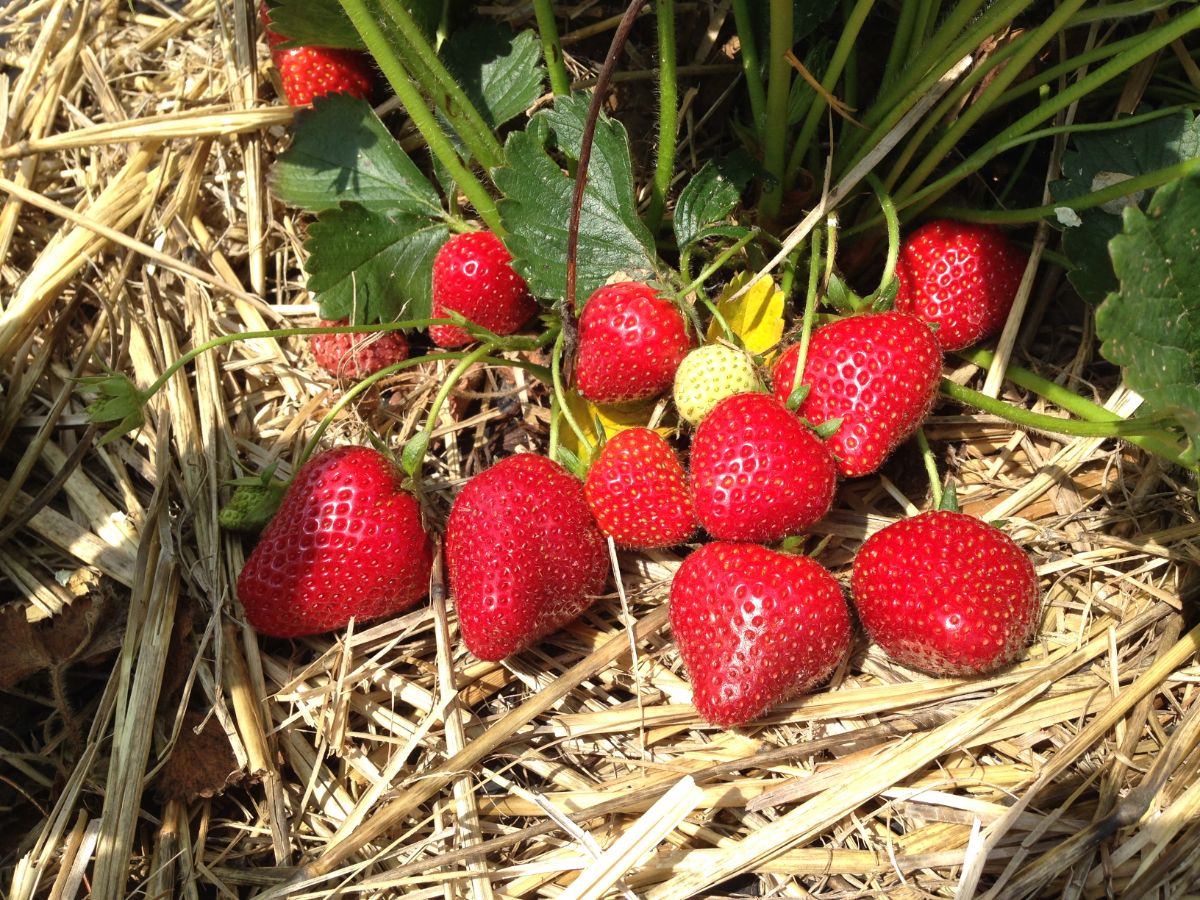
- Straw mulch in a greenhouse.
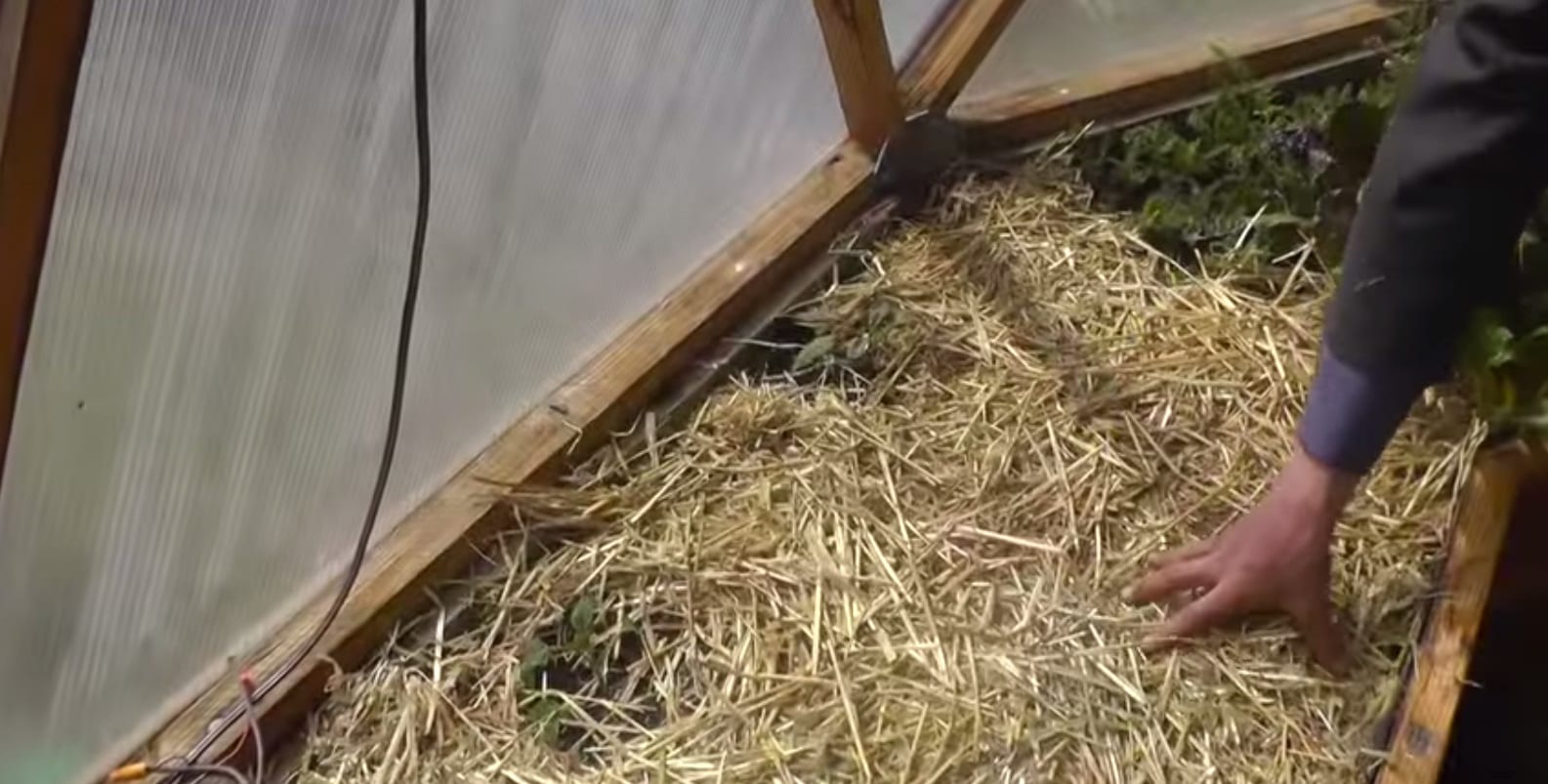
- Straw mulch in a landscaping project.

Post a Comment for "Straw Mulch: The"